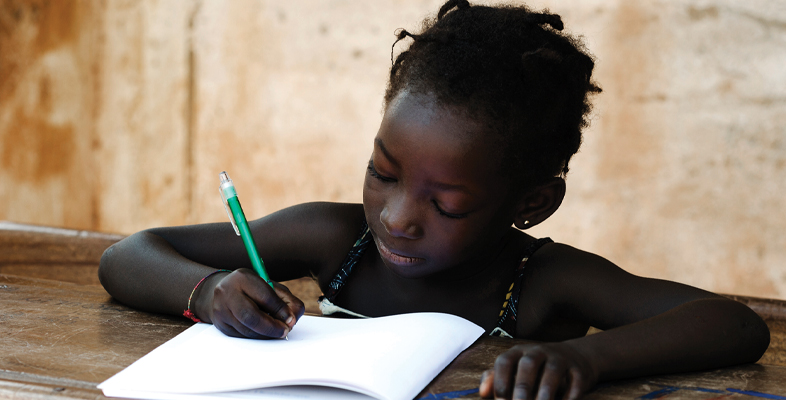3.2 Sustainable Development Goal 4
UNESCO (2017) reported that in 2014, 61 million children of primary school age were not in school and 70 per cent of the global out-of-school population in primary and secondary education were in Sub-Saharan Africa and Southern Asia. Of those attending school, many make less than expected progress in literacy and numeracy. The UN also raised concerns about attainment differences within countries: children from wealthier households were assessed as having greater reading proficiency than their poorer counterparts and those in urban areas fared better than those in rural areas.
Against the backdrop of these educational concerns, the Millennium Development Goals were replaced by the Sustainable Development Goals (SDGs) in 2016. SDG4 is about education.
SDG4 has the following aims:
- By 2030, ensure that all girls and boys complete free, equitable and quality primary and secondary education leading to relevant and Goal-4 effective learning outcomes.
- By 2030, ensure that all girls and boys have access to quality early childhood development, care and pre-primary education so that they are ready for primary education.
- By 2030, eliminate gender disparities in education and ensure equal access to all levels of education and vocational training for the vulnerable, including persons with disabilities, indigenous peoples and children in vulnerable situations.

